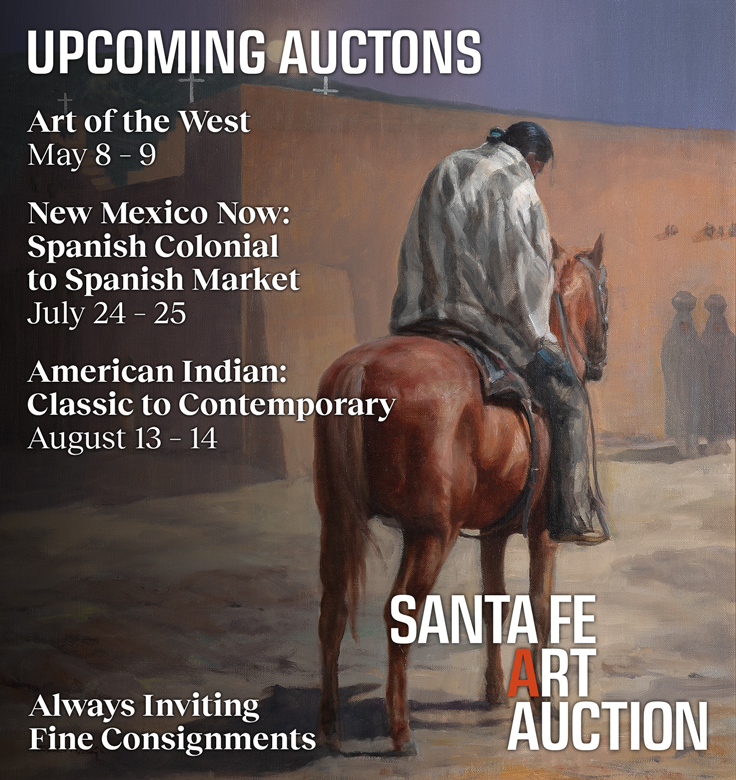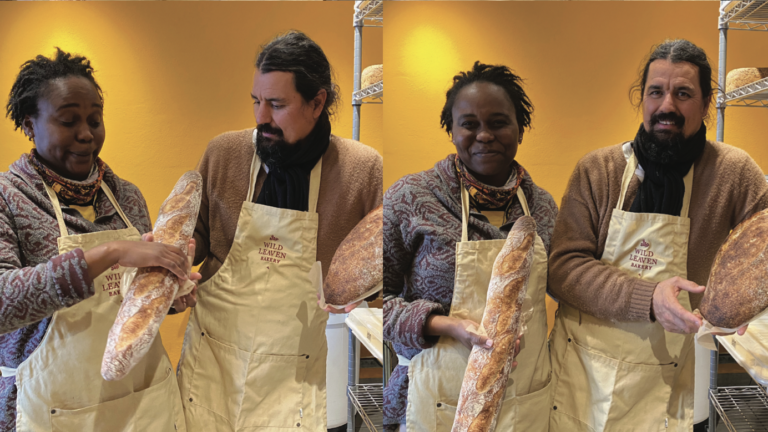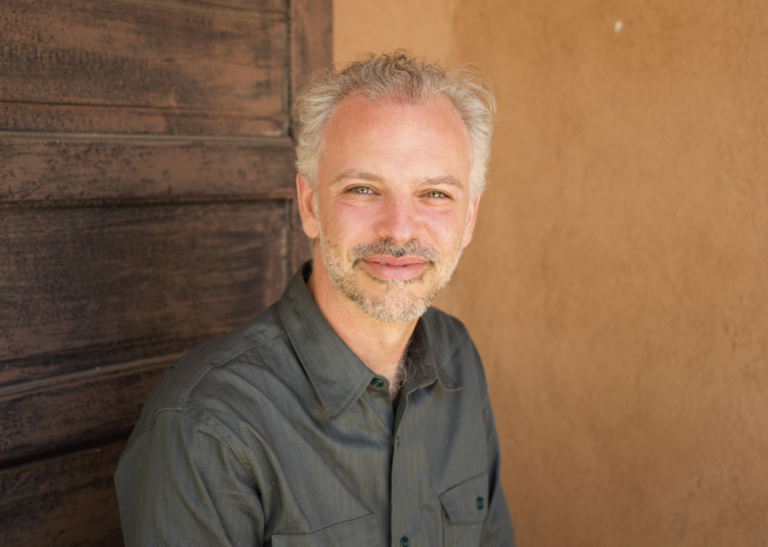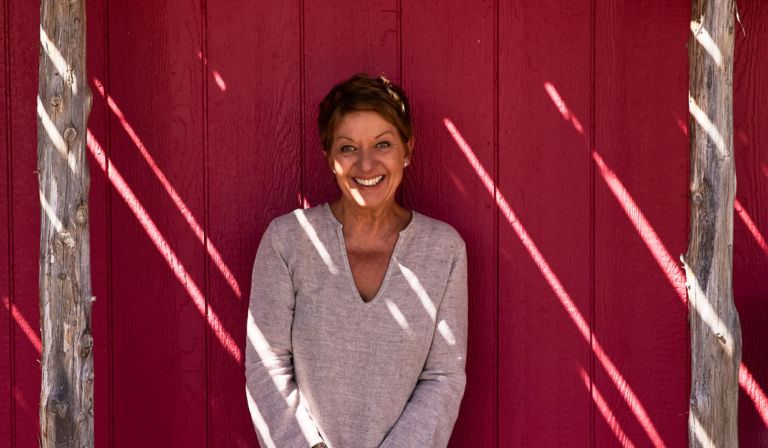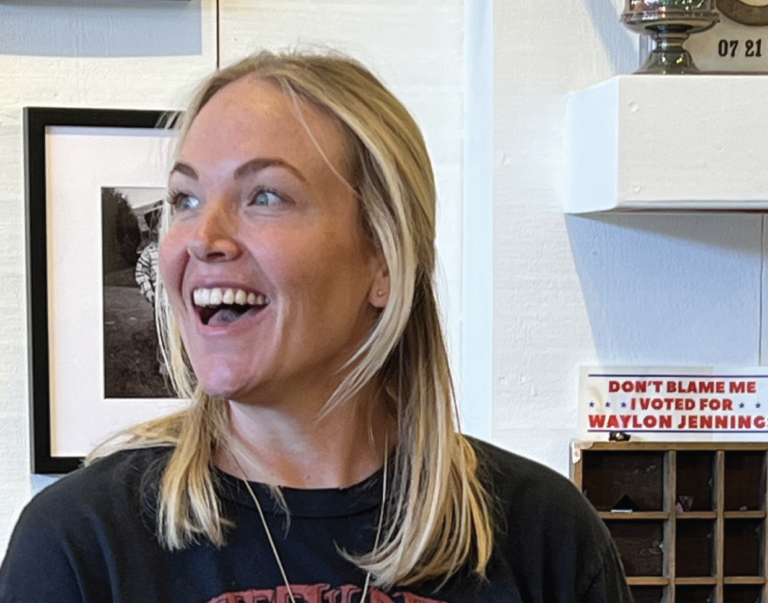WHEN YOU THINK OF THE PUEBLO REVOLT, you probably don’t think of Star Trek or Star Wars. That’s because you’re not Virgil Ortiz. His Revolt 1680/2180 project has been his passion for 20 years. It’s a fluid, continuing story set during the original revolt and in the next century, displayed in museums around the country and filled with sci-fi sculptures, murals, and videos. It even has traditional Cochiti pottery, which turns out to be his true love.
Your grandmother and mother were renowned Pueblo potters and part of an ongoing matrilineal heritage.
And my father was a drum maker. Yeah, we lived in a creative environment in which storytelling, collecting clay, gathering wild plants, and pottery were a normal part of everyday life. When I got home from school, instead of going out to play I would gravitate more to drawing or working with the clay. I thought every kid did that.
It was all guided by our powerful grandmother and mom.
You do a dizzying amount of projects: pottery, film, fashion, accessories, barware. How do you decide what you’re going to work on?
Well, I have ADD. Really. And I’ve learned how to do all these things; this is my natural way to work. I just combine all the different mediums that I can get my hands on. I also do all the advertising, marketing, and social media.
You work a lot in fashion.
Yeah, that’s because I could never afford the clothes I wanted, so I started making them. Donna Karan helped me when I started out, putting my designs on her new line. She even called me one day and asked, What should my New York flagship store look like? I told her she should paint all of the mannequins with
Cochiti Pueblo designs. So she sent them all to me, and I redid the flagship design: mannequins, video screens, fashion shows.
You’ve been working on the Revolt 1680/2180 project for 20 years.
Hardly anyone knows about the first American Revolution. It’s the genocide that happened to our people in this area. But younger generations aren’t interested. So how do we create a storyline to get them interested?
I loved sci-fi when I was a kid: the original Star Trek, and Star Wars when it came out – I saw it three times the first day. So I came up with Revolt 1680/2180, which tells the story of the future revolt and brings sci-fi into it. It’s indigenous futurism.
I started with an immersive museum show of 31 clay figures set against murals. The story goes back 300 years then hurtles forward to 2180, introducing 19 groups of characters that represent the 19 pueblos that still remain. Their adventures, the script, the story keeps changing. Recently, I made larger-than-life sculptures of the characters. And it’s getting attention – I’ve talked to DC, Marvel, Disney.
What is the turkey track x mark on your creations?
That is a signature design element that I use on all my work. In the Cochiti culture, turkeys and roadrunners move around frenetically and unpredictably so that they’re impossible to catch.
Maybe they have ADD.
Totally. So, the turkey track symbol is a reminder to constantly keep everyone guessing about my next designs. No one can track me down or know my next move.
WANT TO READ MORE? SUBSCRIBE TO SANTA FE MAGAZINE HERE!
Photo Virgil Ortiz

